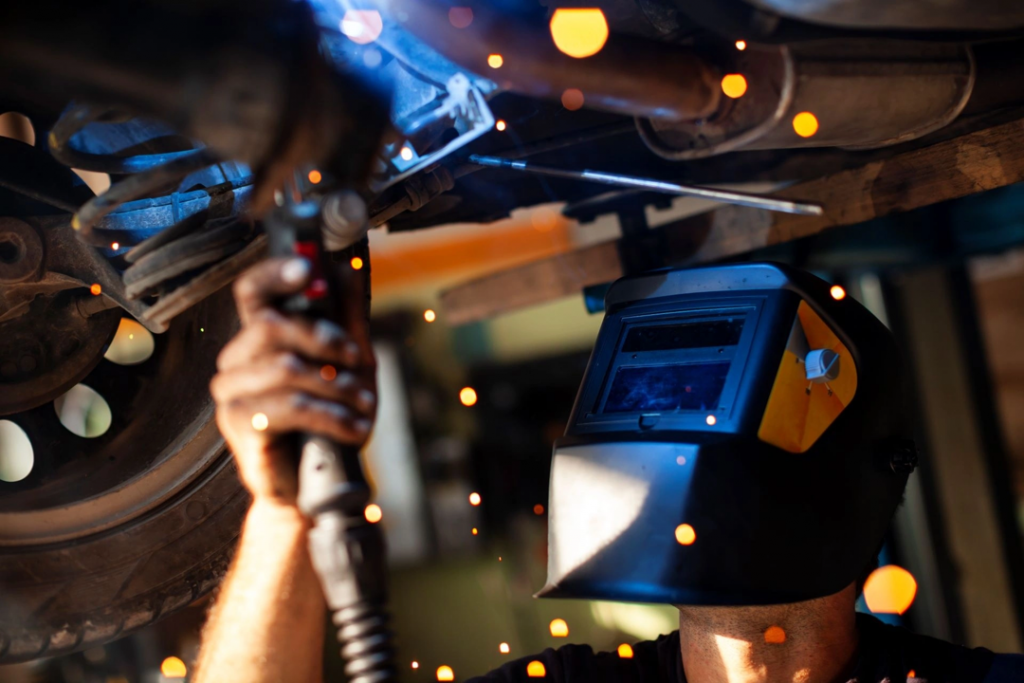The auto industry has been increasingly interested in using 3D printing for various reasons, including reducing weight and incorporating sustainable materials. Canadian manufacturers are no exception, with Toronto-based startup Xaba recently unveiling Project Arrow, an electric concept car with a 3D-printed chassis.
According to CleanTechnica, Project Arrow was developed to showcase the skills and technologies available from Canadian suppliers. The concept car was unveiled at CES 2023, and it was reportedly on time, under budget, and made with 97% homegrown content. Xaba claims that Project Arrow is “the first car made from all-Canadian intellectual property” and “the first-ever fully sustainable vehicle, from manufacturing to operation.”
While the sustainability factor of 3D printing can vary depending on the material and energy consumed, it can potentially improve fuel efficiency or battery range by reducing weight compared to traditional parts. Furthermore, 3D printing has the potential to down-scale and decentralize industrial facilities, establishing networks of smaller 3D printing factories within existing buildings or brownfields rather than destroying greenfields with giga-scale construction projects.
Xaba is the first to completely 3D print a functioning car chassis, the weight-bearing bottom part of the car’s basic frame. However, the Project Arrow car is only a prototype, and there are no plans at the moment to build another prototype or put it through crash testing. However, according to Automotive News Canada, a production model might be created in a few years.
In the meantime, buyers may start seeing Canadian, 3D-printed car parts on the market sooner rather than later. This is because manufacturers are paying more attention to the environmental impact of their supply chains, and 3D printing innovators are doing the same. As a result, printed parts are becoming common in the automotive field and concentrating solar systems, wind turbines, bicycle frames, and batteries, among other applications.
The Project Arrow EV concept will appear at the Detroit, Los Angeles, Toronto, and Montreal auto shows this year, in addition to visits to various OEMs to demonstrate its technology.
It remains to be seen how quickly the auto industry will adopt 3D printing for larger-scale production, but Xaba’s Project Arrow is certainly an impressive showcase of what is possible.

